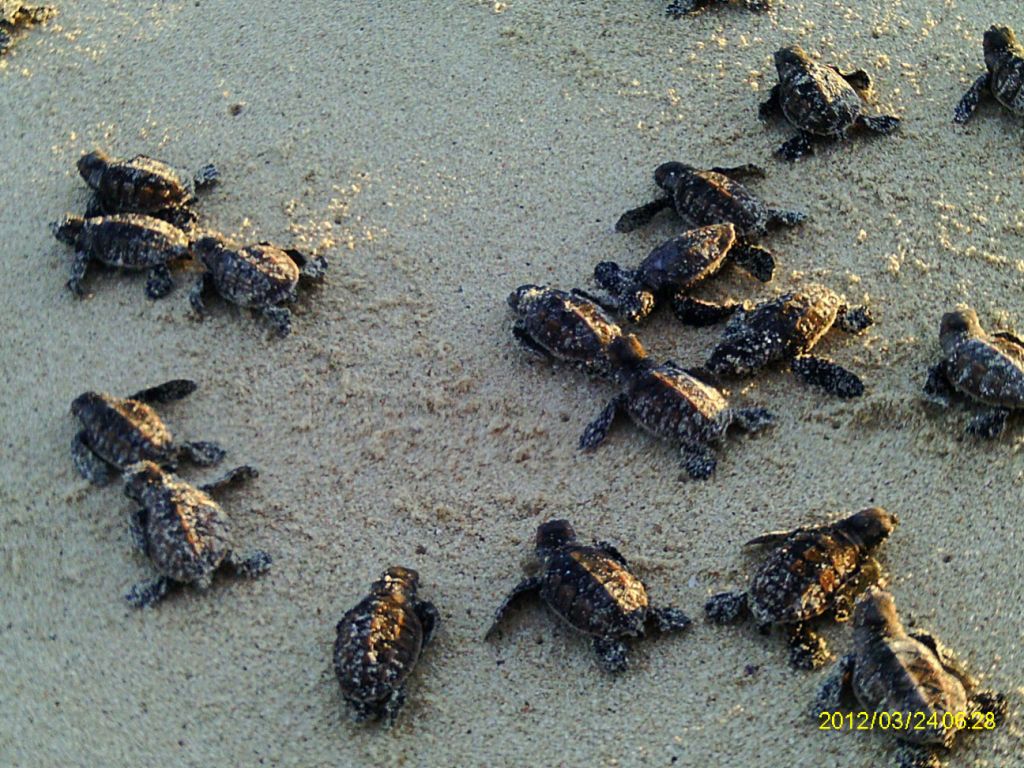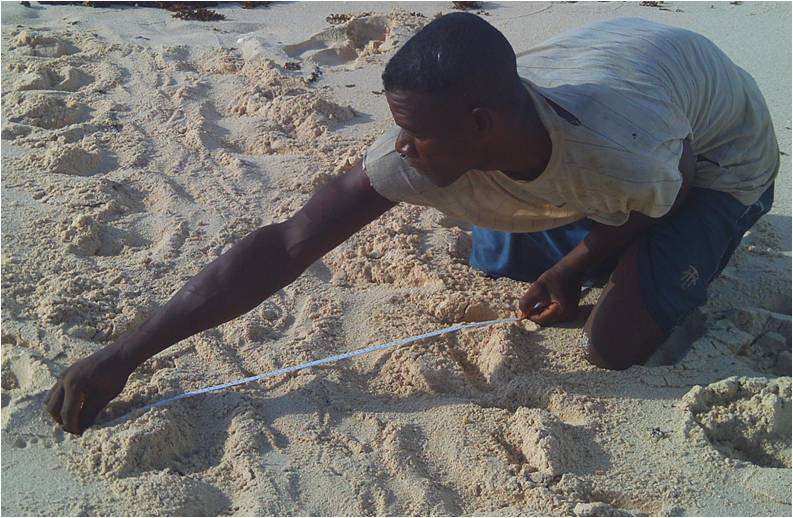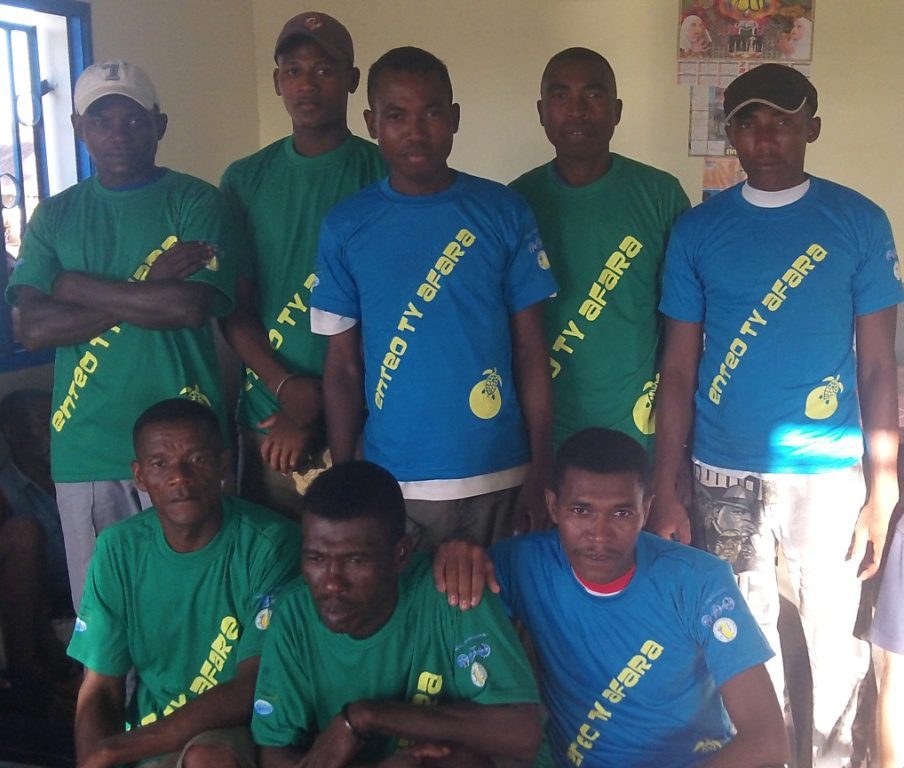by Olivier Raynaud, Maintirano & Barren Isles Project Coordinator, Madagascar
Among the variety of natural riches that can be found in the Barren Isles’ diverse ecosystems are five of the world’s seven marine turtle species; the leatherback, loggerhead , olive ridley, hawksbill, and green – and between November and May, the latter three species nest on the islands’ beaches.
The long time it takes for marine turtles to reach sexual maturity and the high mortality rate of eggs and hatchlings, combined with mounting anthropogenic pressures, make marine turtles particularly vulnerable to population declines. All species of marine turtle are classified as threatened according to IUCN Red List, ranging from Vulnerable (Olive Ridley), to Critically Endangered (Hawksbill). While turtles are protected by Malagasy legislation, there is still an active traditional fishery that has become increasingly unsustainable as coastal populations have increased.
For the second consecutive year, Blue Ventures’ Turtle Nest Monitoring (TNM) team will patrol the Barren Isle’s beaches during the nesting season, in order to survey nesting activity and minimise the poaching of turtles and eggs.
Our team of eight local fishermen have been trained to carry out TORSOOI (TORtues marines du Sud Ouest de l’Océan Indien) methodology, developed by Ifremer (Institut Français de Recherche pour l’Exploitation de la Mer) and Kélonia (Reunion’s Sea Turtle Observatory), to monitor nesting activity across four of the islands, 20 days a month. The monitoring includes the daily patrolling of beaches, turtle track counts with width measurements to determine species, nesting success, and the recording of nest locations to monitor the emergence of hatchlings. When nesting turtles are encountered, the team take individual measurements including curved carapace length (CCL), species ID and flipper tag numbers if applicable.
Between 1970 and 1980 – when the Barren Isles were not as heavily exploited by fishermen – anecdotal reports suggest that up to 14 turtles were recorded nesting in a single night on just one island. Since then, the number of people fishing in the region and temporarily living on the Islands has dramatically increased. Last year’s turtle nest monitoring survey recorded a total of just 27 nests on four islands over the entire season, with 70% of these being green turtle nests, 26% hawksbills, and one olive ridley nest.
In addition to monitoring nesting populations in the Barren Isles, Blue Ventures runs a comprehensive programme to monitor the traditional fishery in southwest Madagascar and coordinates turtle educational and awareness-raising festivals. The festivals have now travelled over 600 km to reach thousands of a people along Madagascar’s western coast. The festival promotes pride in the Vezo cultural identity and heritage, and encourages local communities to think about the preservation of their environment for future generations.
Below is a video that Blue Ventures’ has recently produced to highlight our marine turtle research and conservation programme in Madagascar. Titled ‘Giving turtles a chance in Madagascar’ the film shows how our turtle conservation programme is bringing hope for the survival of these marine reptiles off the west coast of Madagascar.
Giving turtles a chance in Madagascar from Blue Ventures on Vimeo. Video by Jon Slayer.




